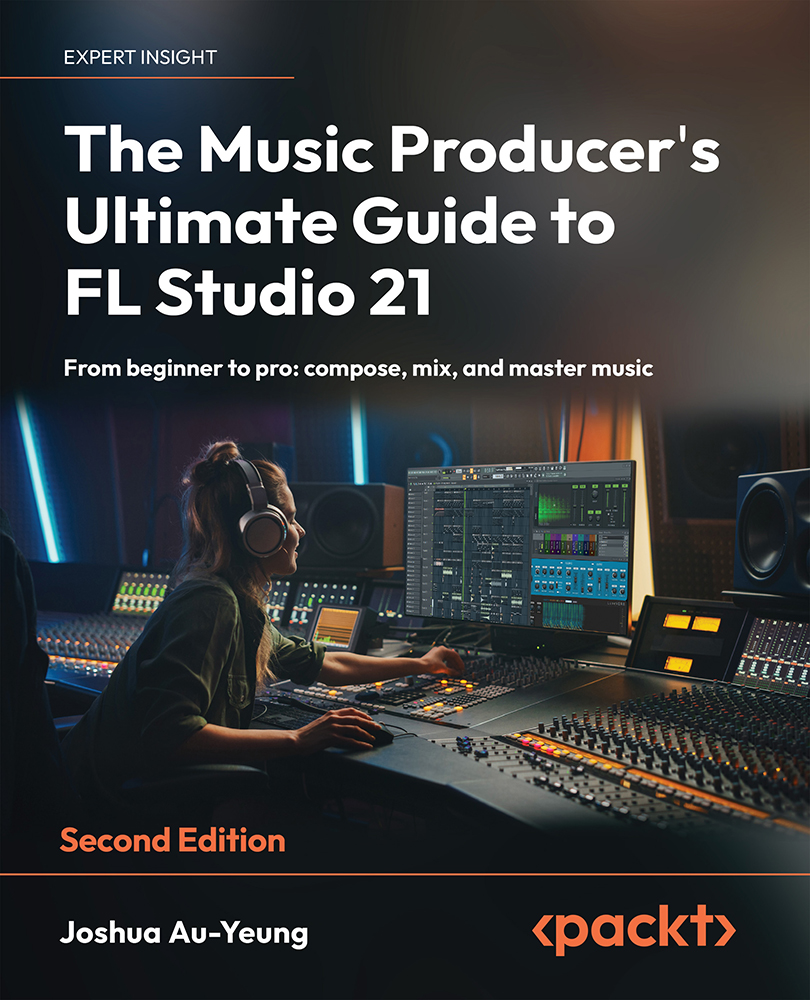How do we hear things?
Sound causes air to expand and contract. Air expands under low pressure and compresses under high pressure. Changes in air pressure are useful because we can use devices to measure air pressure. Microphones detect changes in air pressure. Microphones are made up of a diaphragm stretched over a metal plate. As sound waves pass over it, the changes in high and low pressure cause the diaphragm to move back and forth and vibrate. This movement is measured by the device and converted into audio data. The data is then interpreted by your computer. The following figure shows an example of a microphone:
Figure 5.3 – Microphone
Your ears work in a similar fashion to a microphone. Your eardrums encounter air pressure changes, which cause them to vibrate. Your brain interprets these vibrations as sound.
When audio waves meet, they can react to one another. This can result in the following effects:
- Constructive interference is where two...
































































